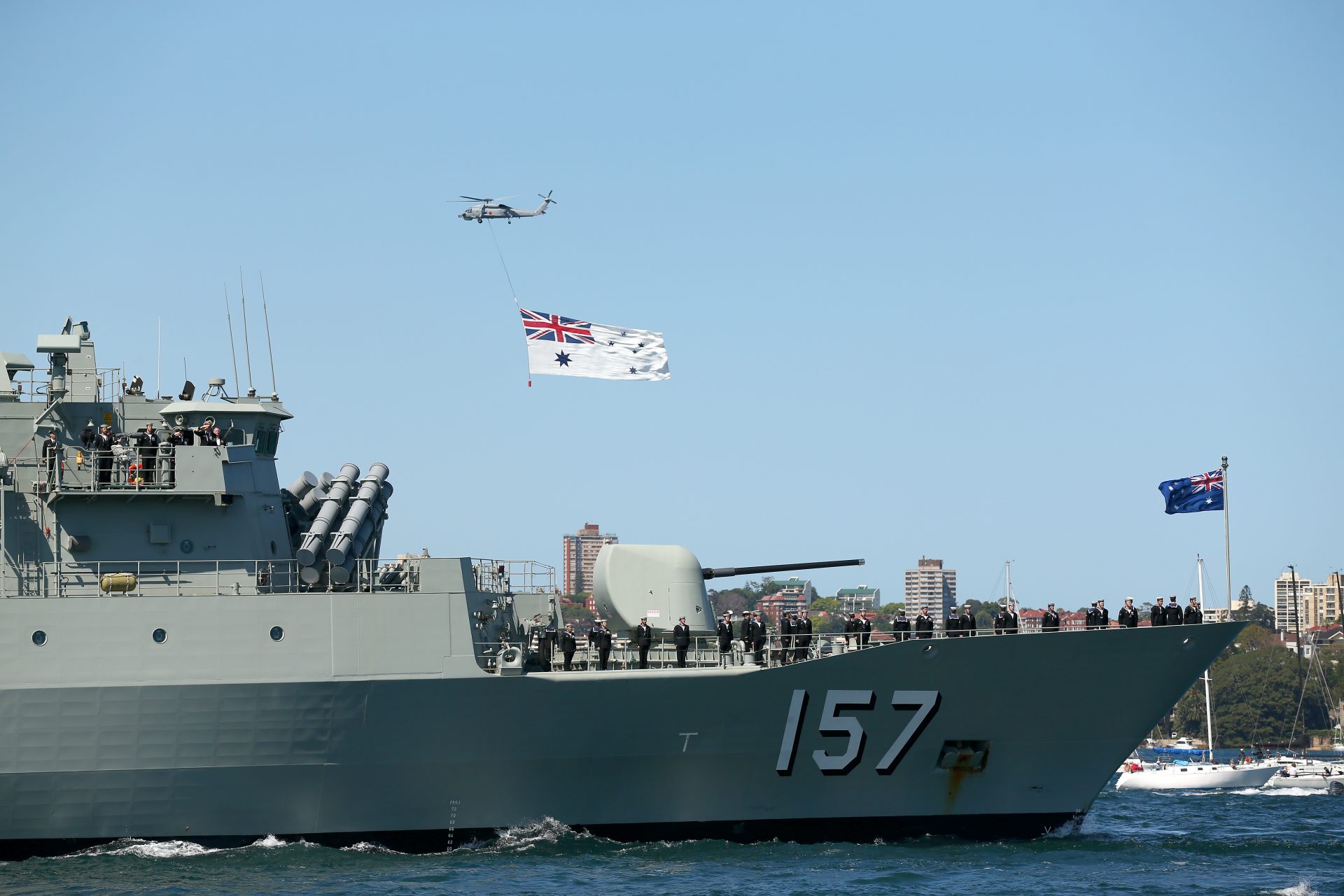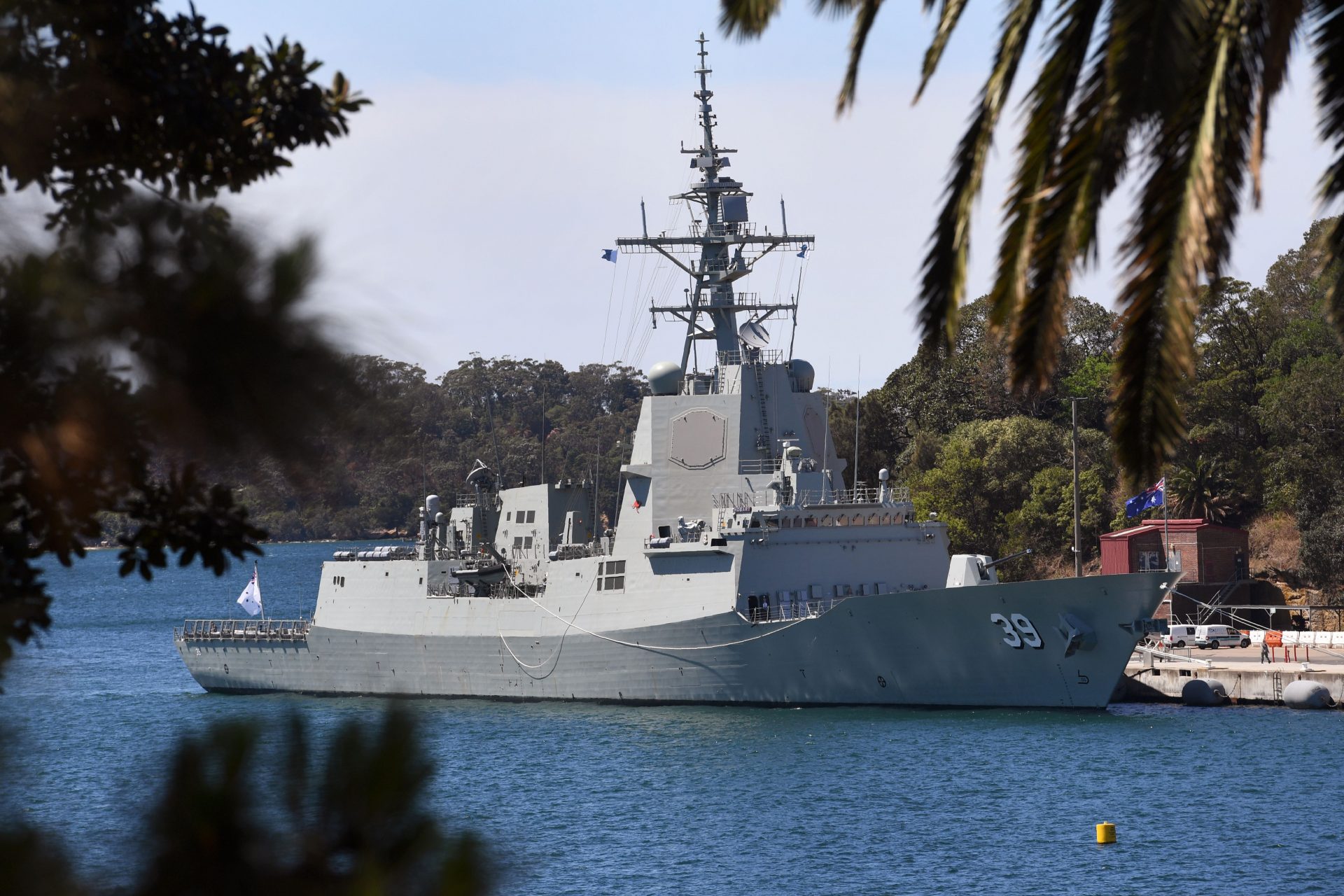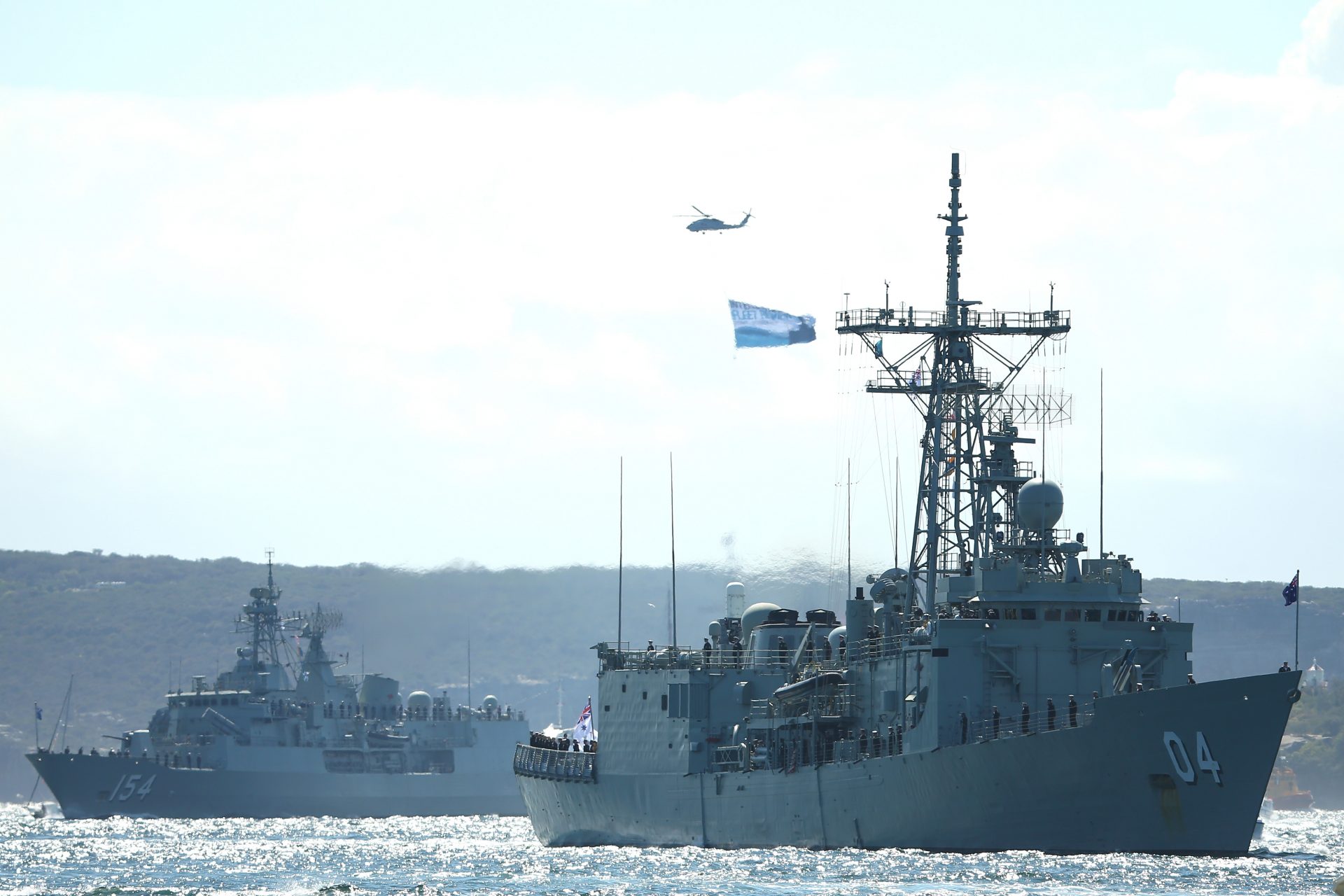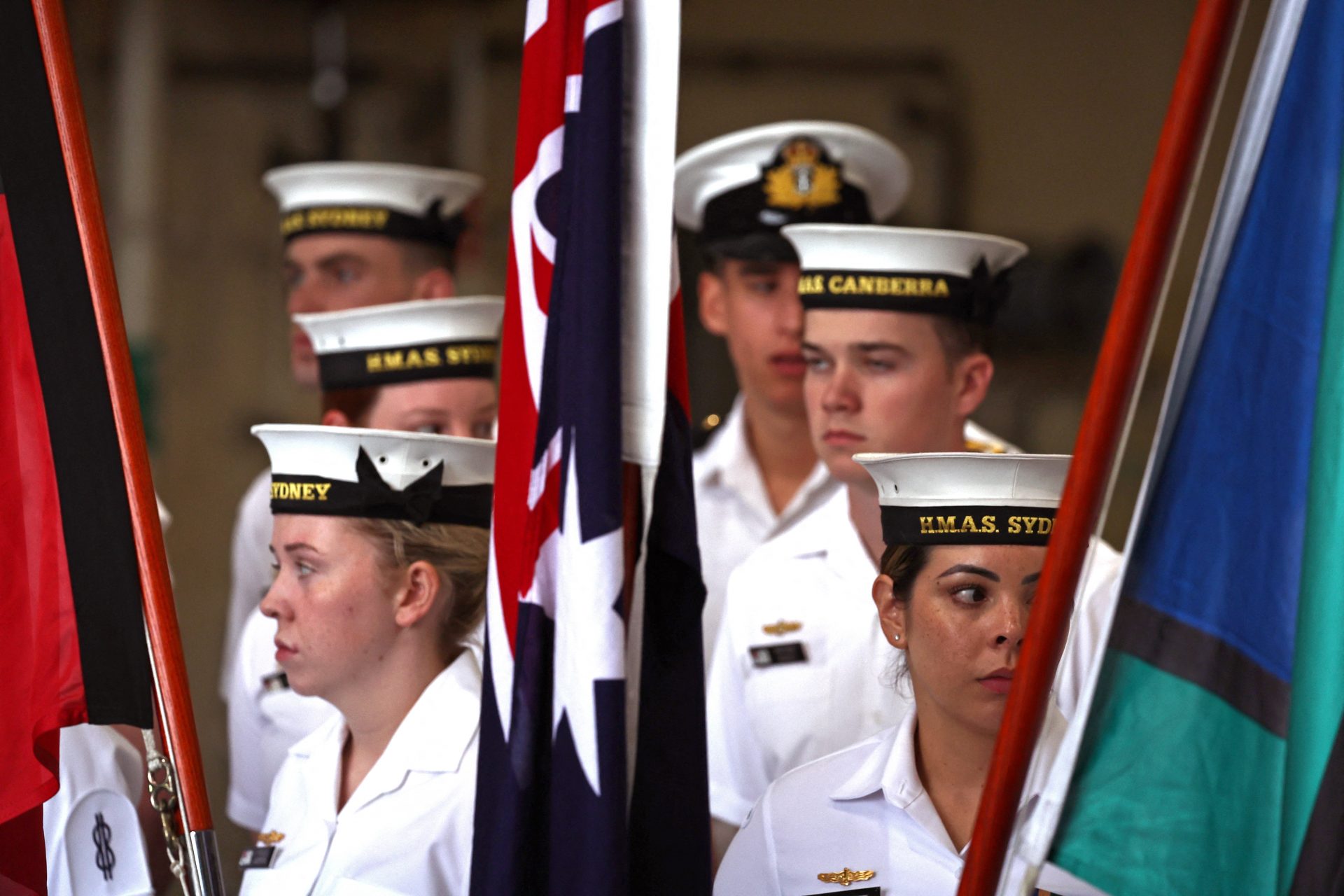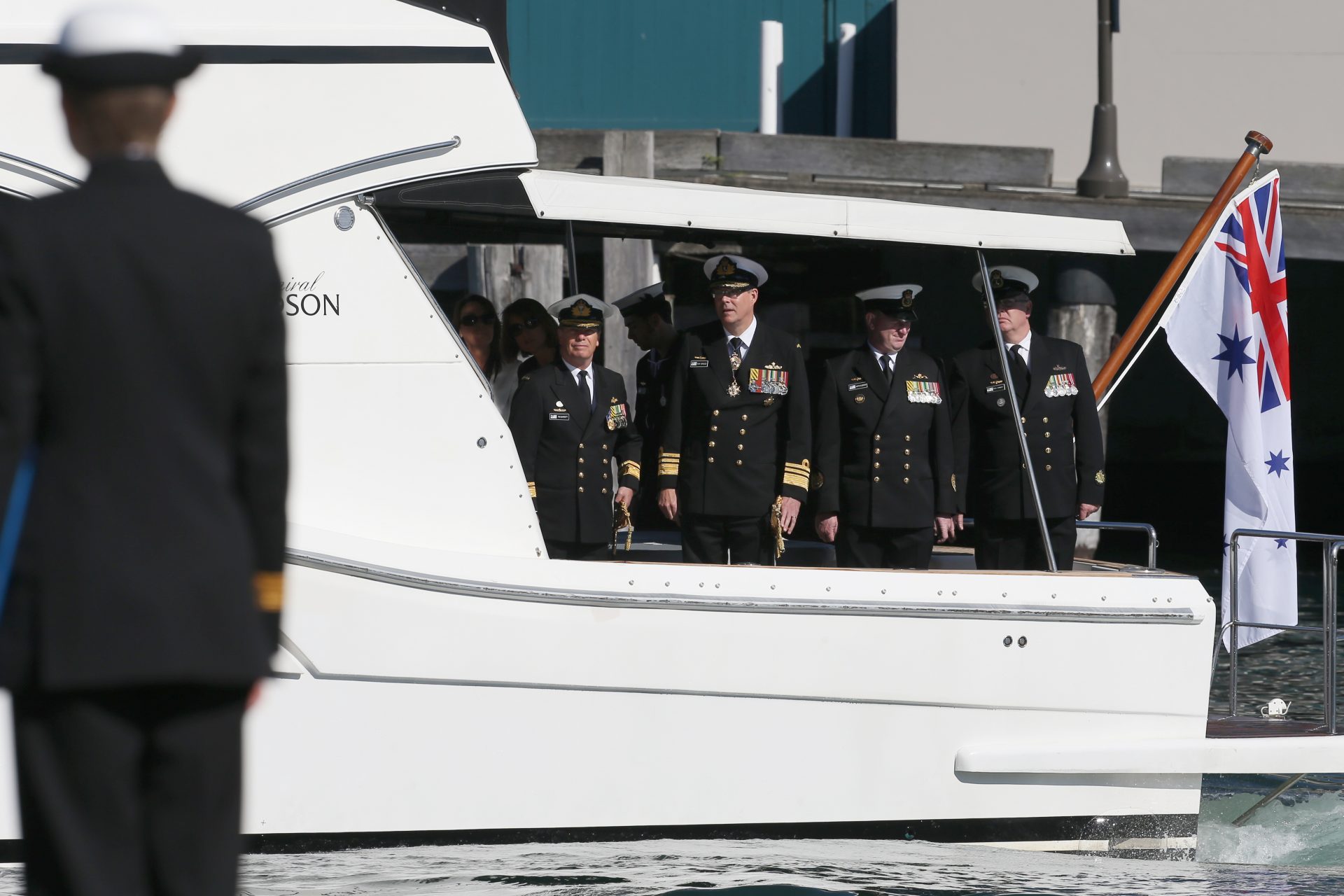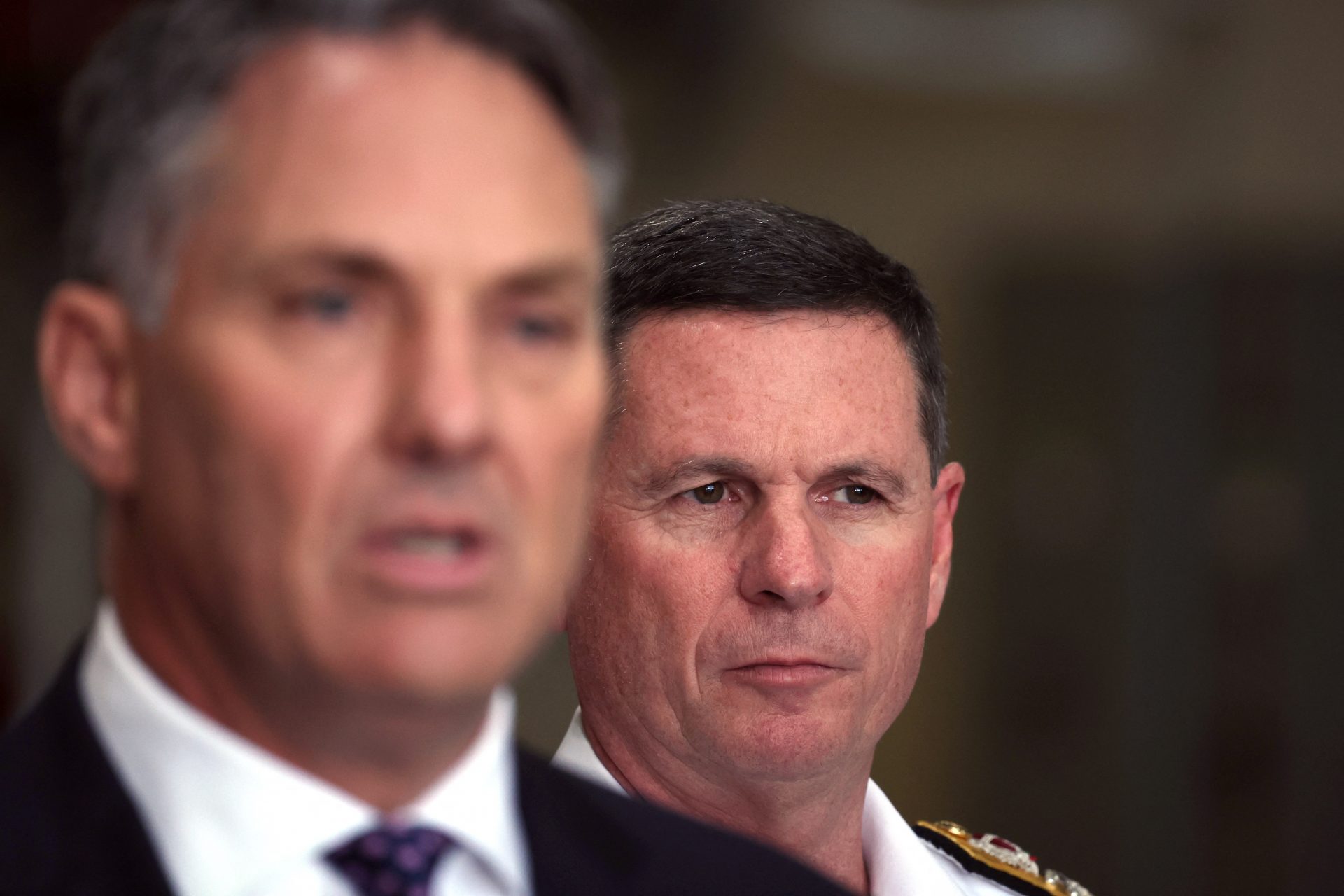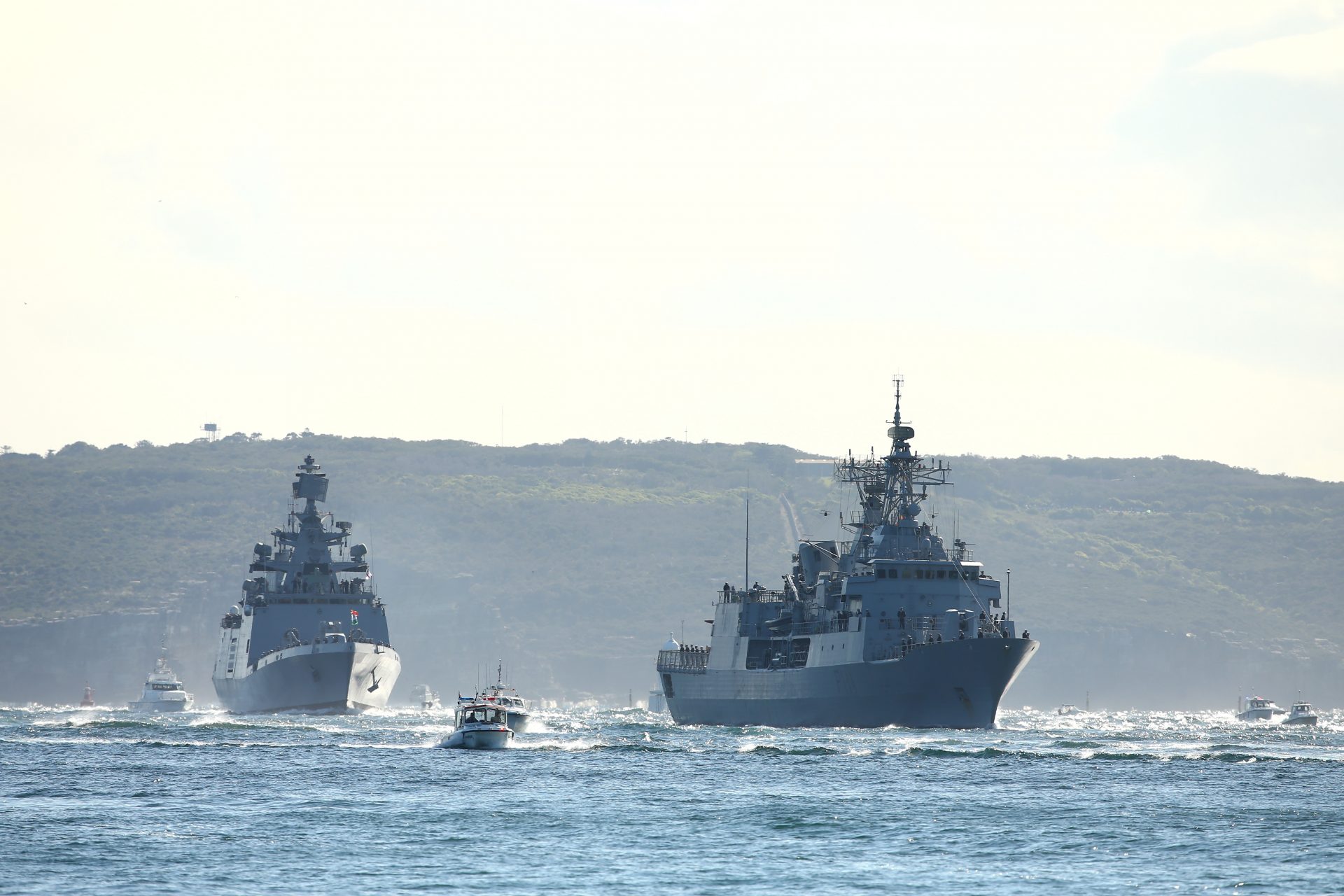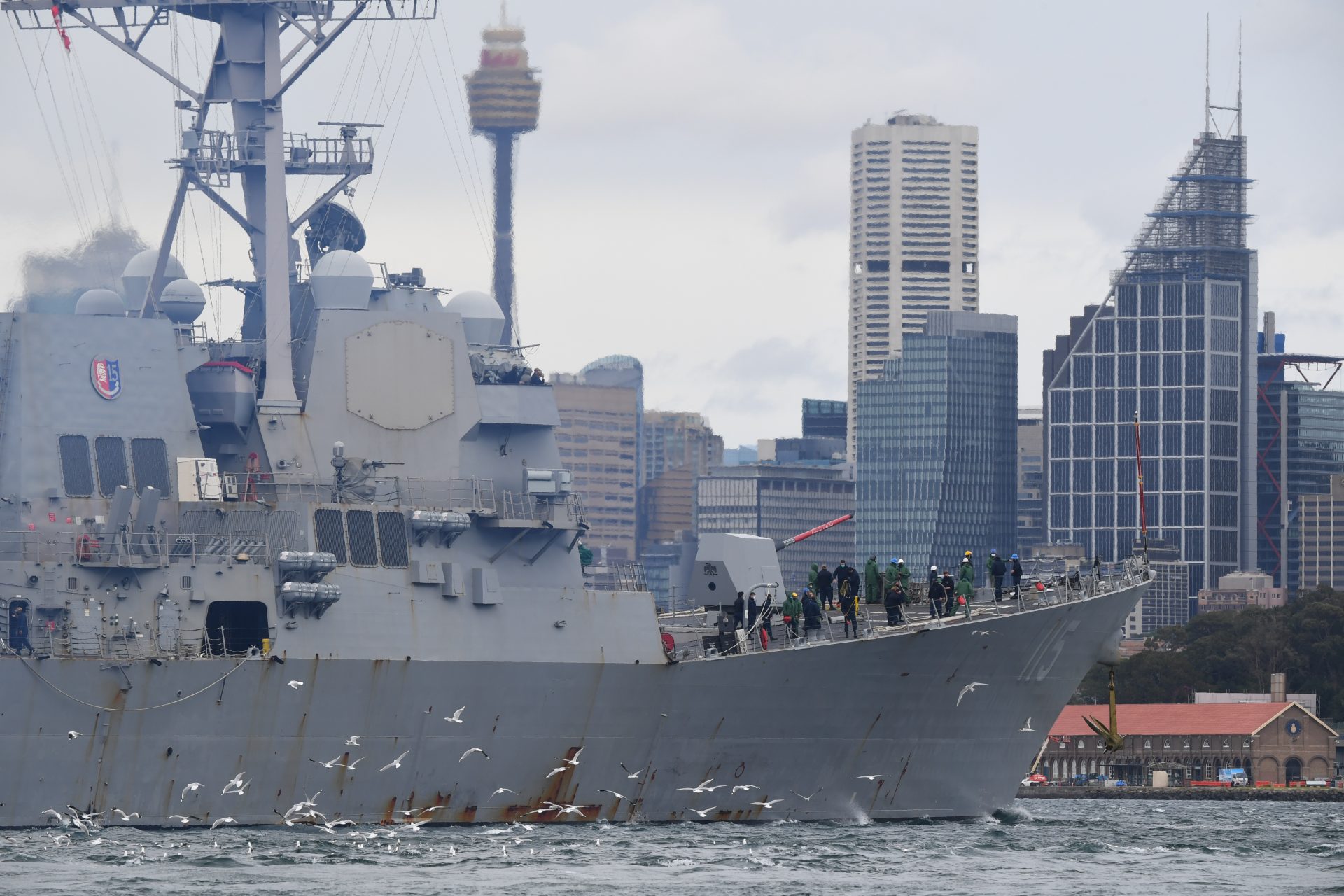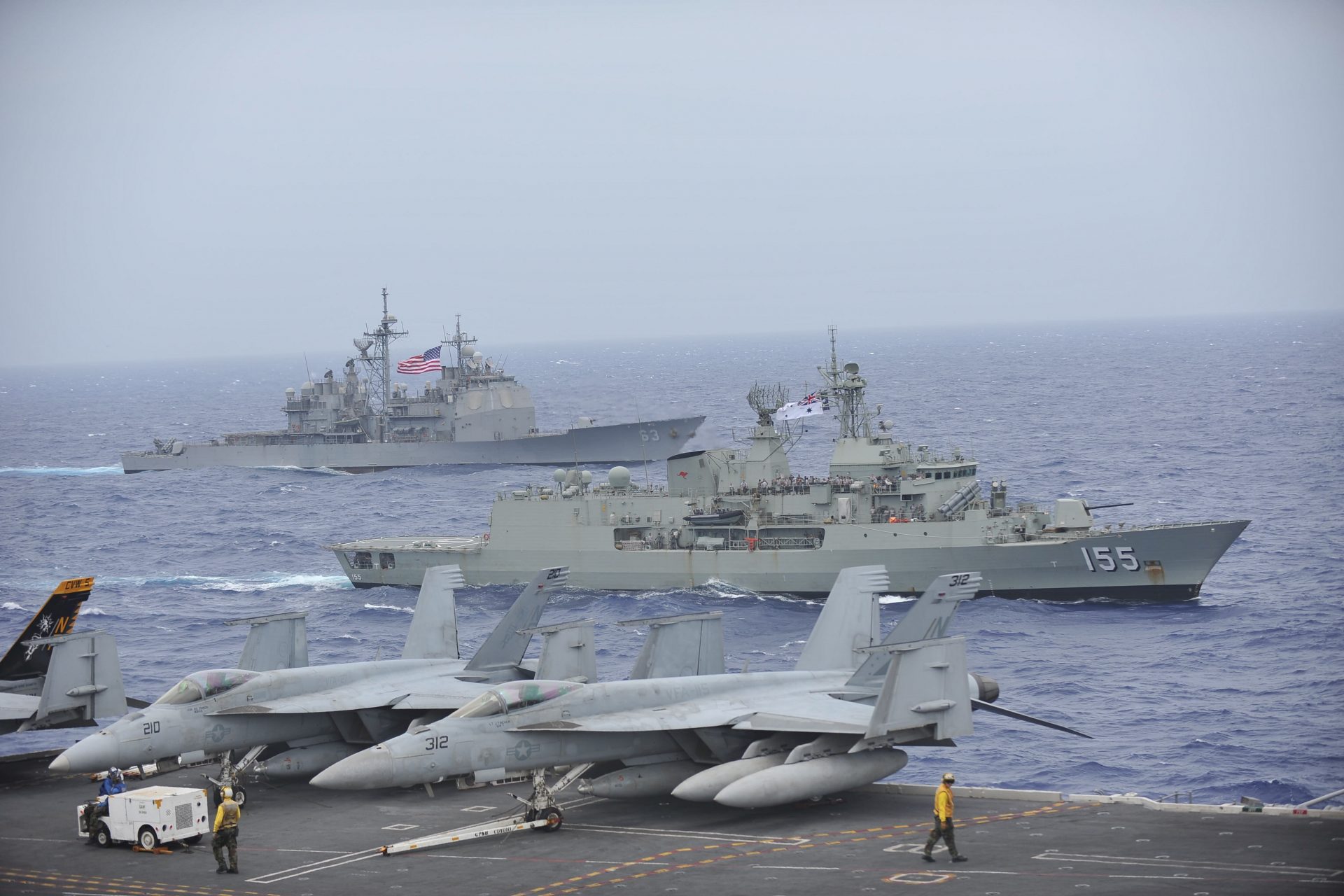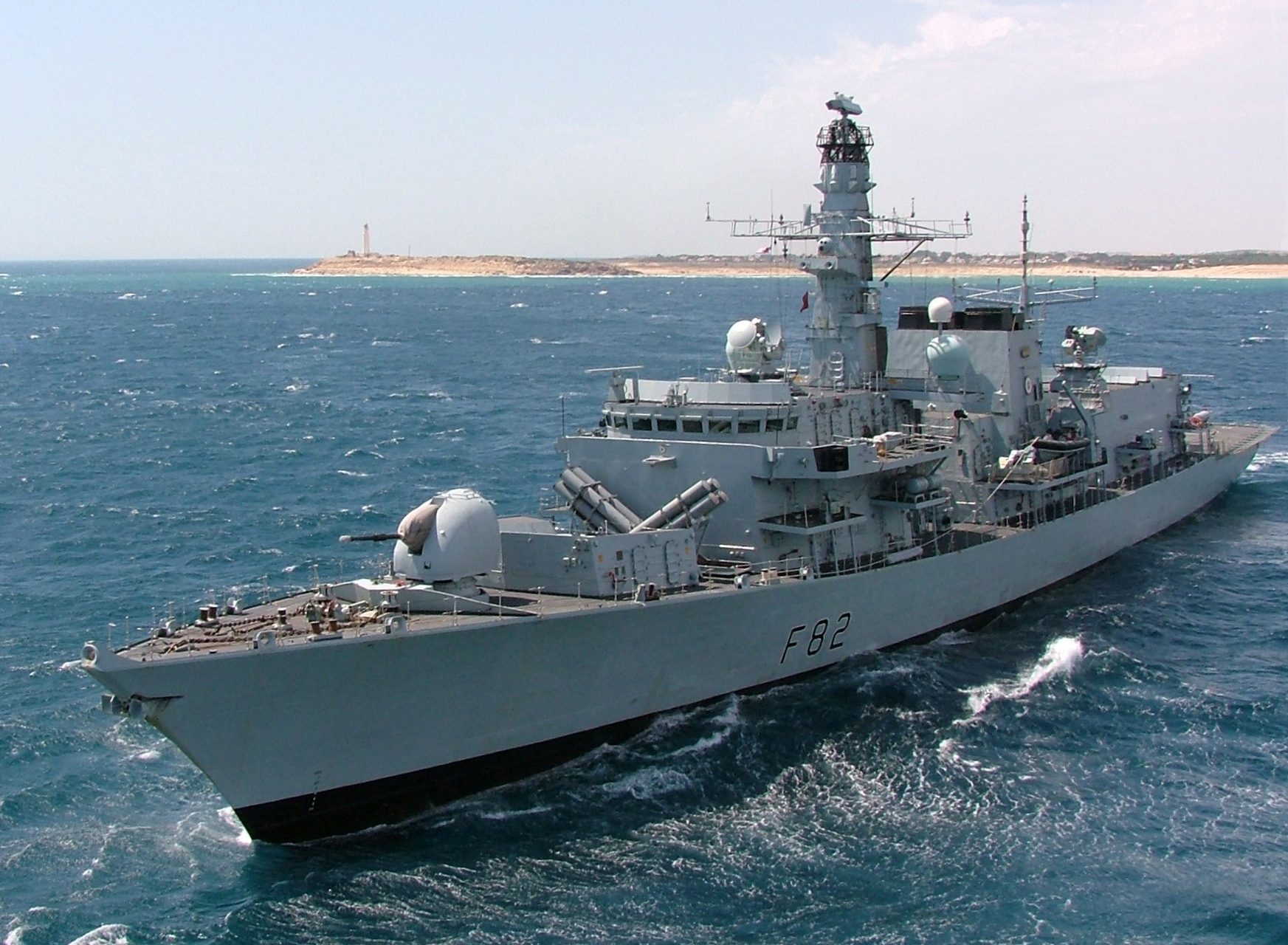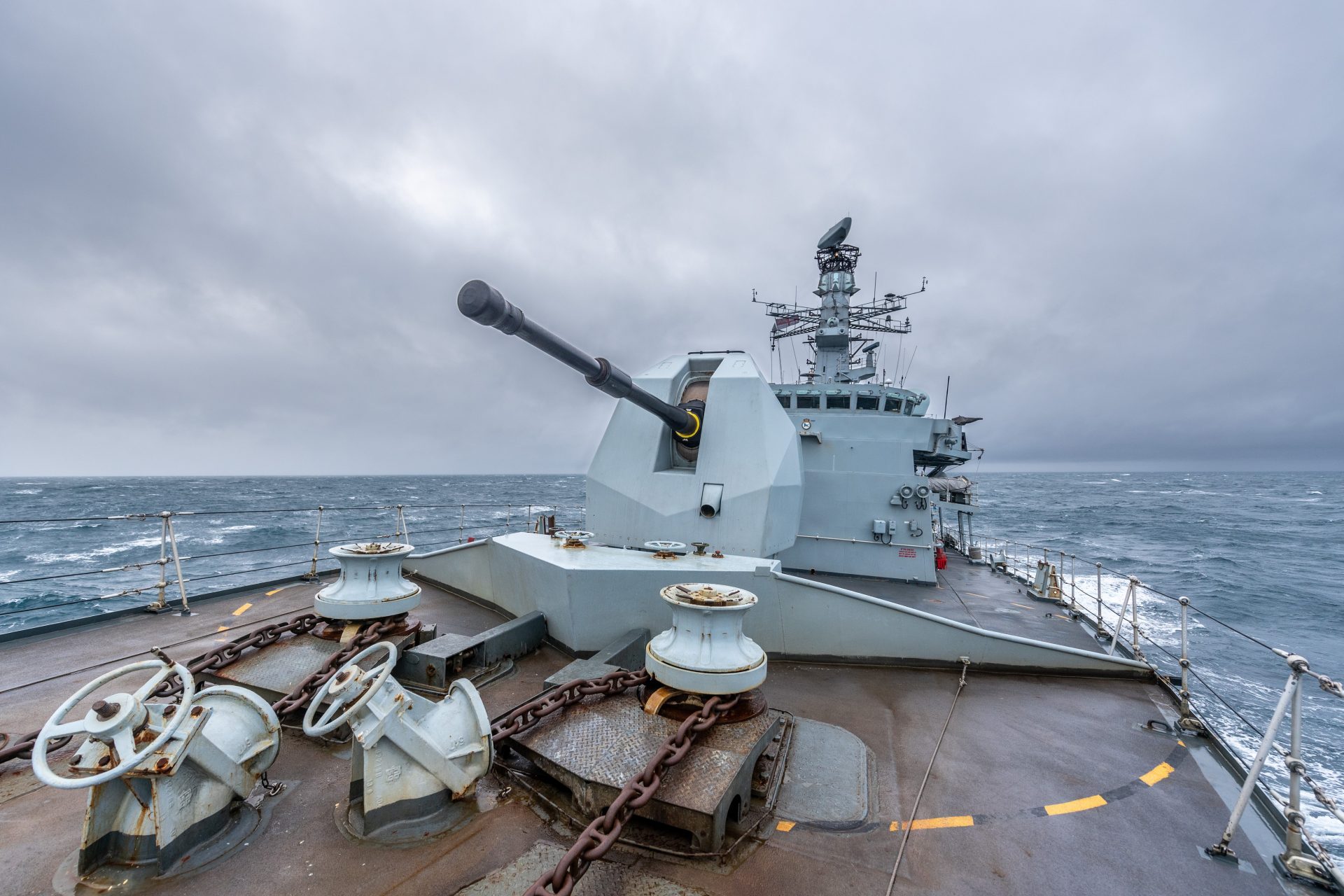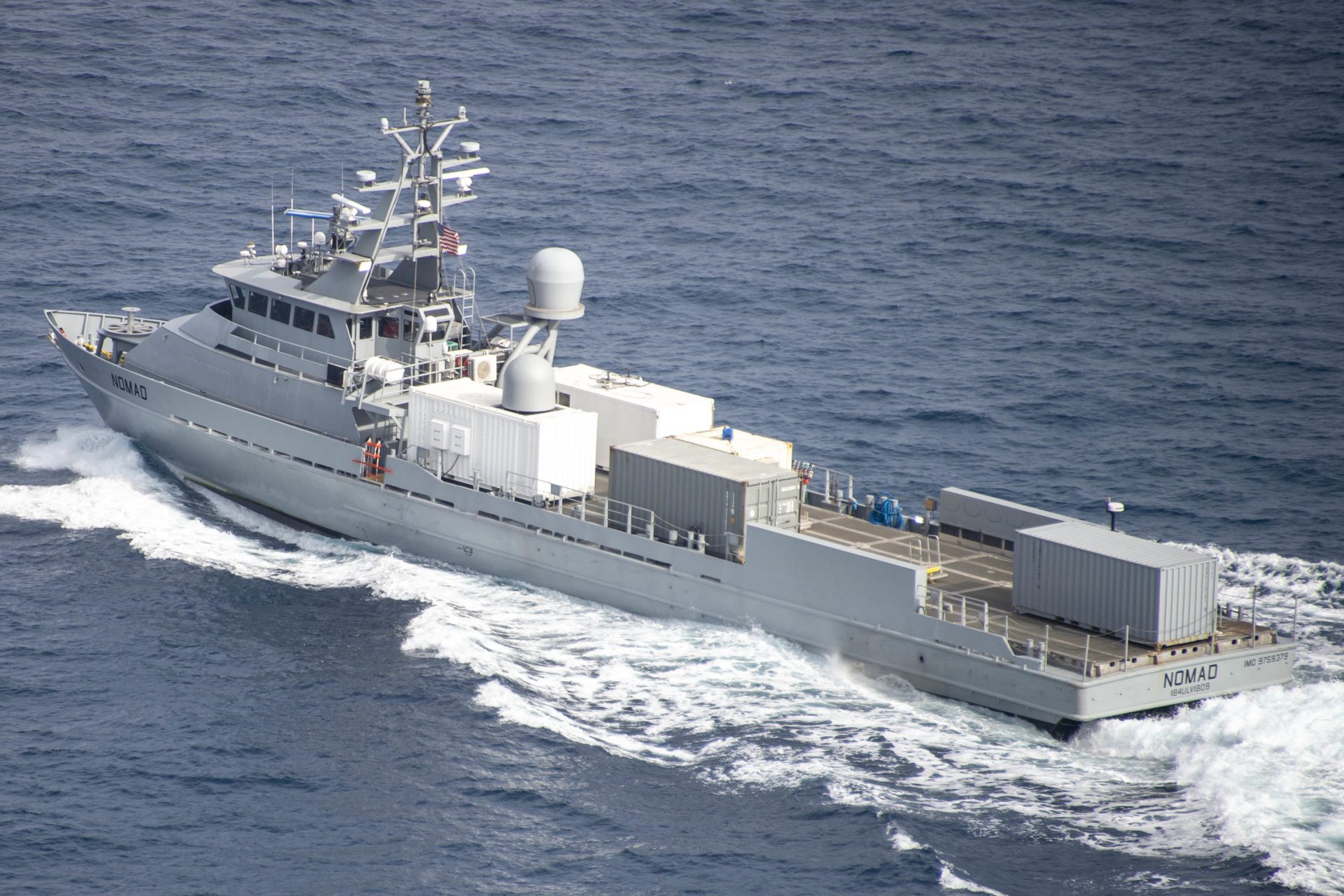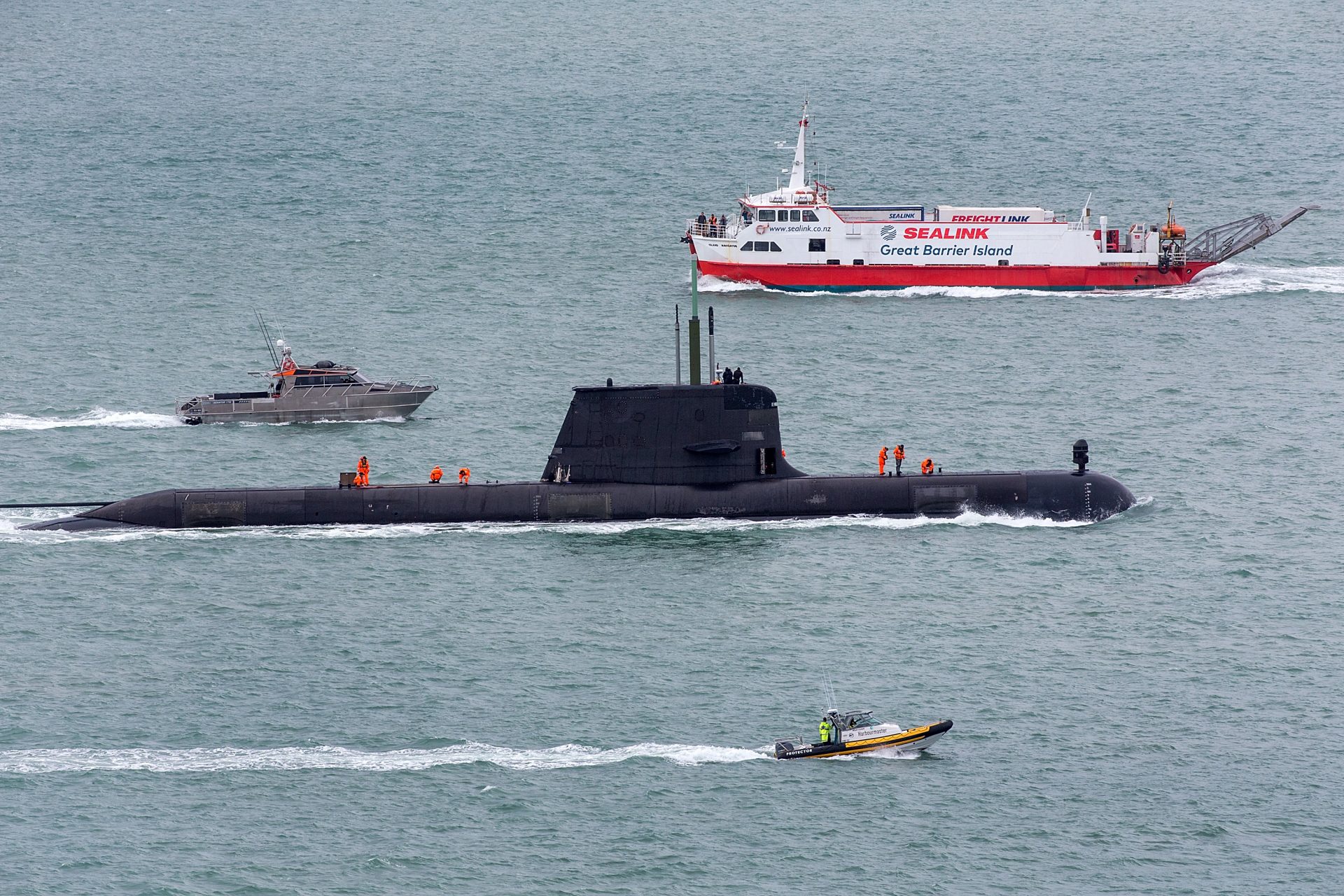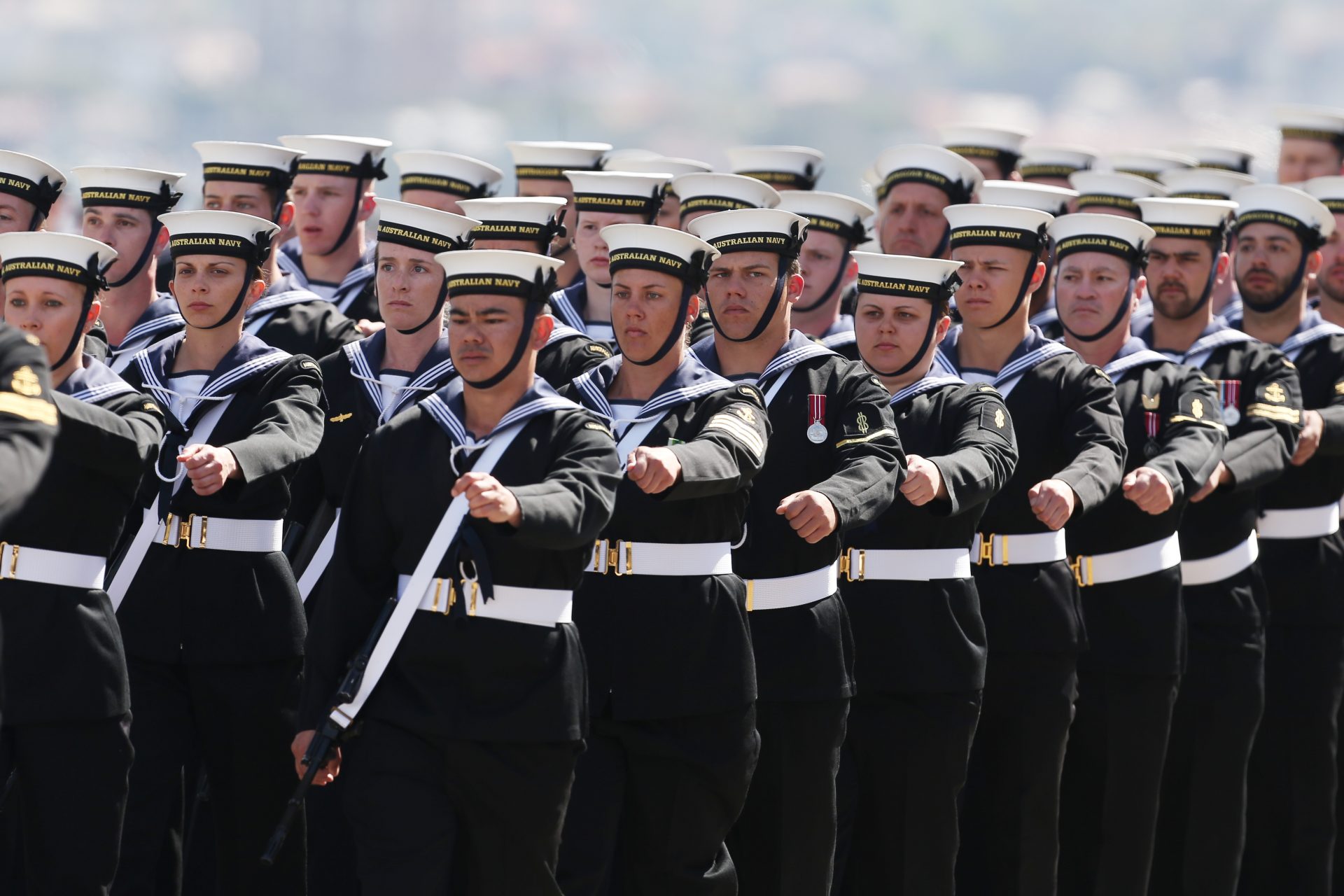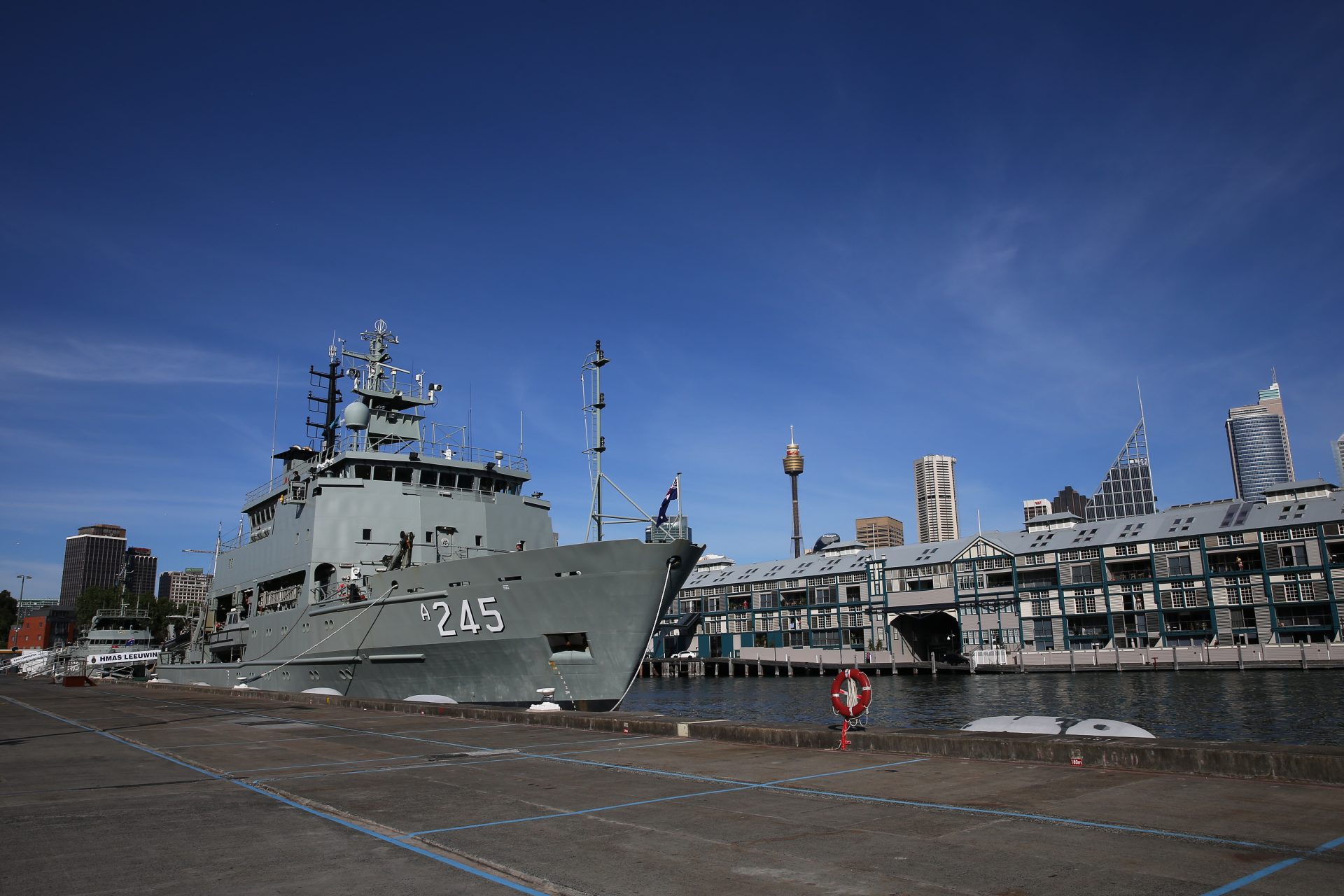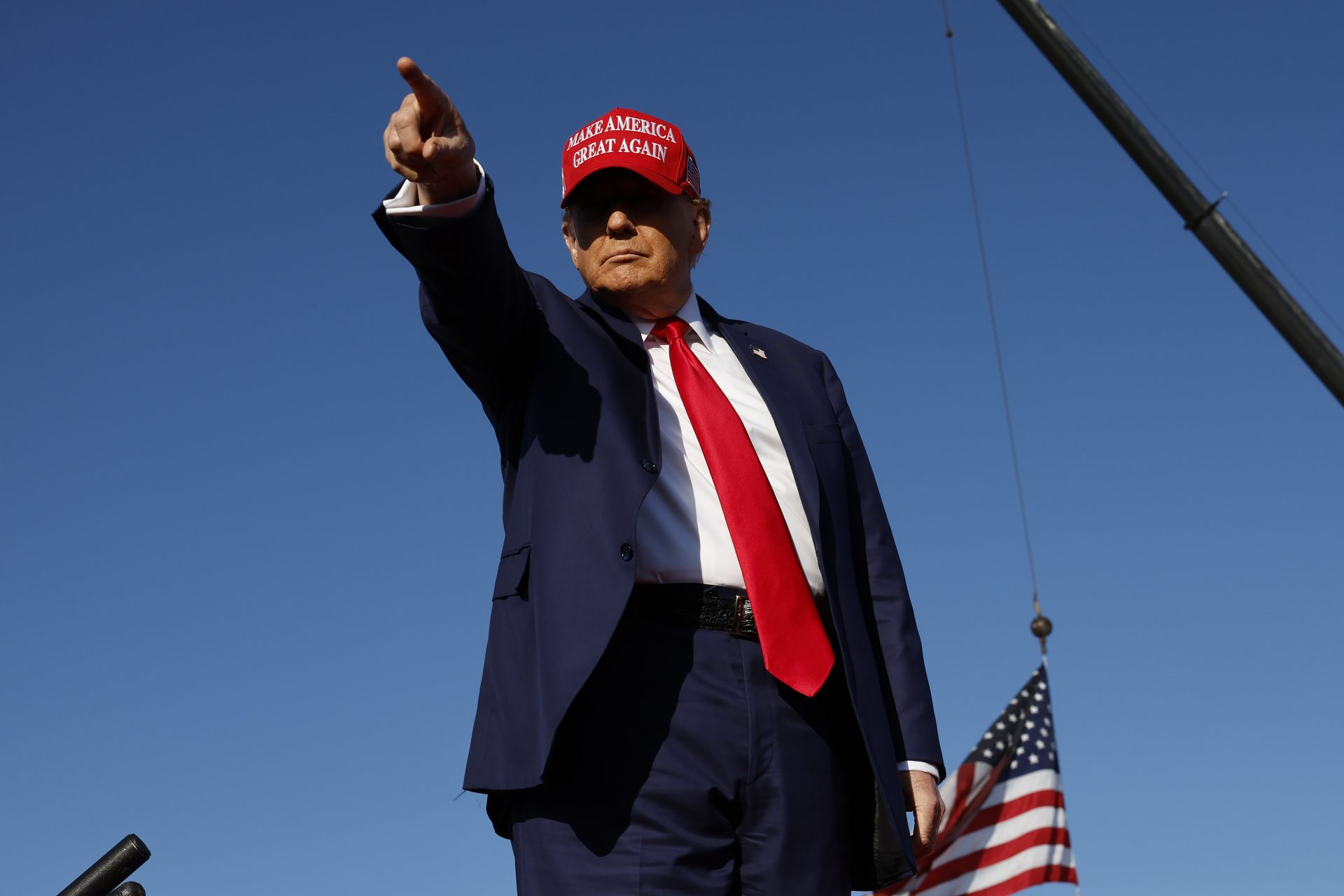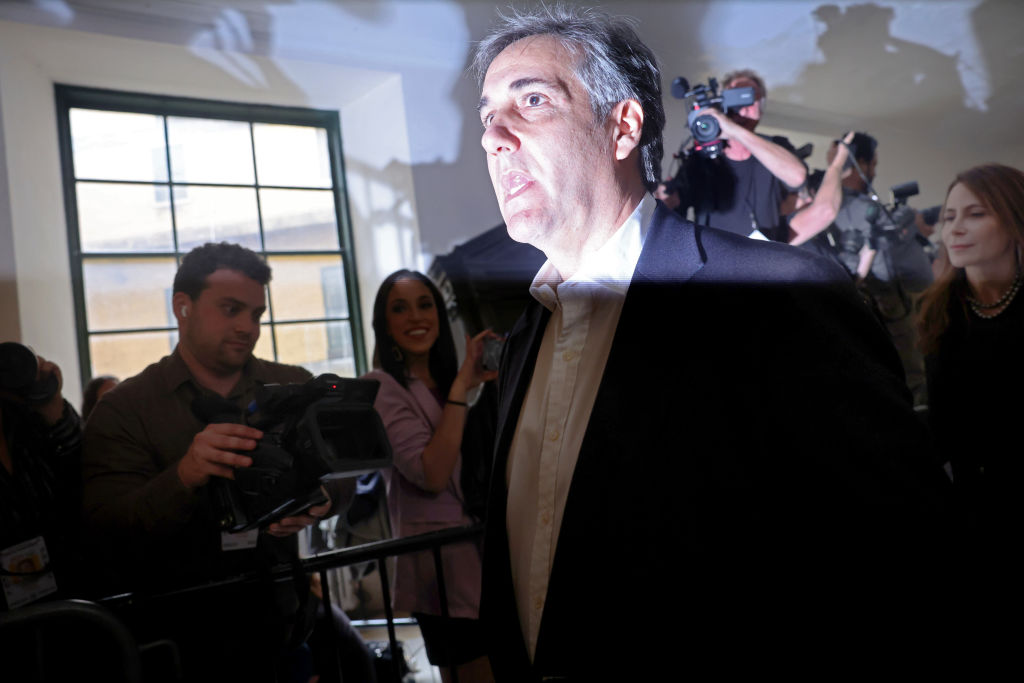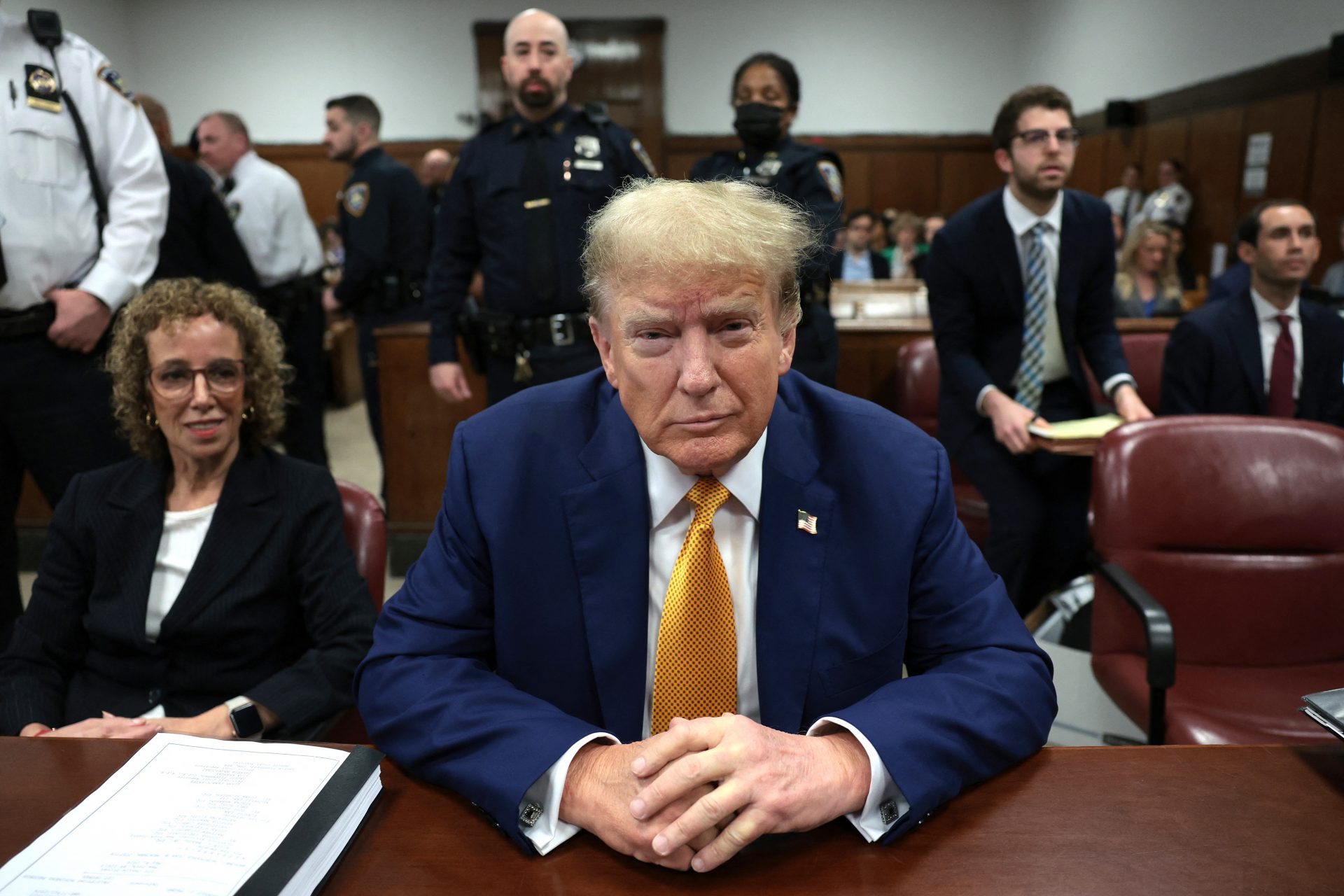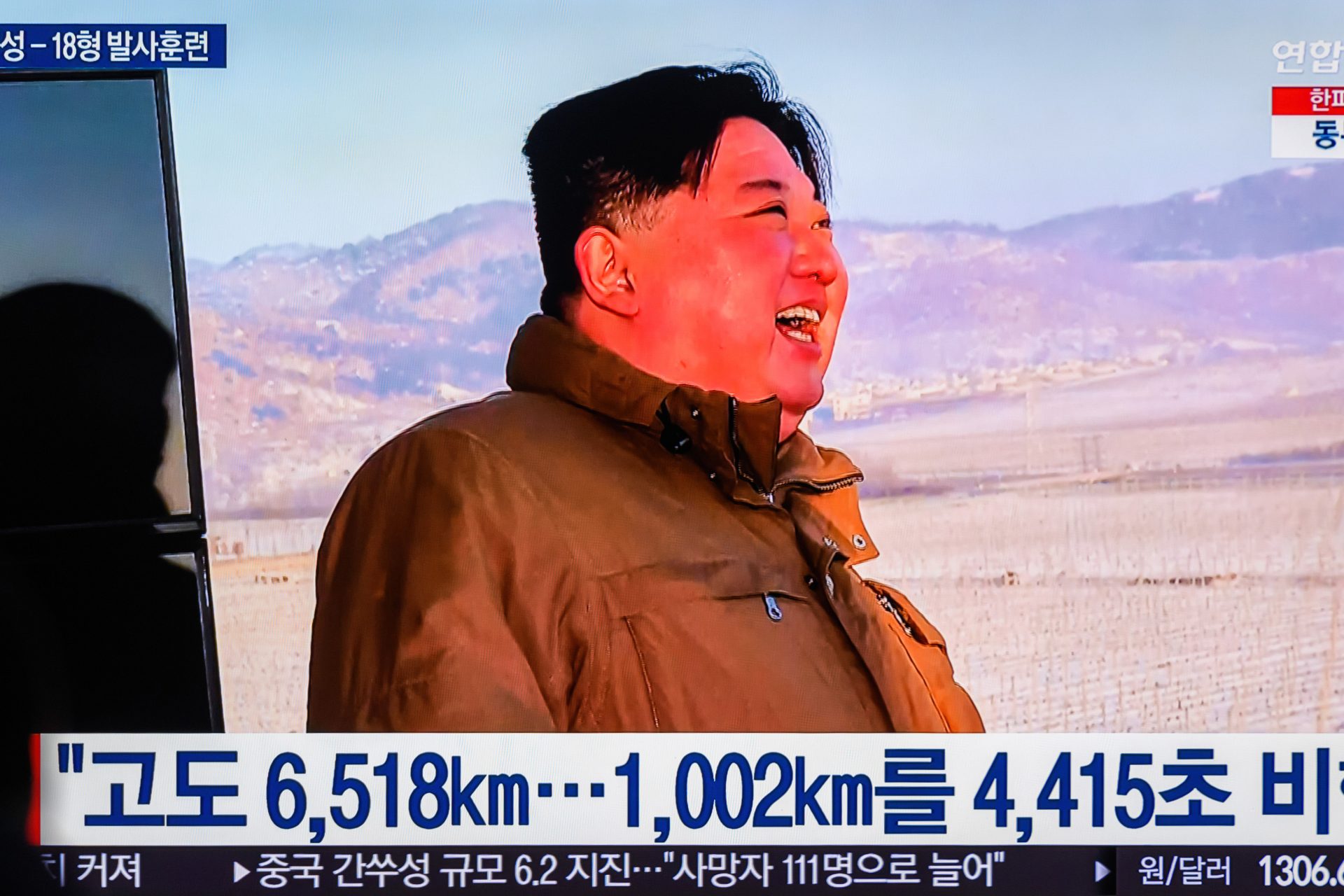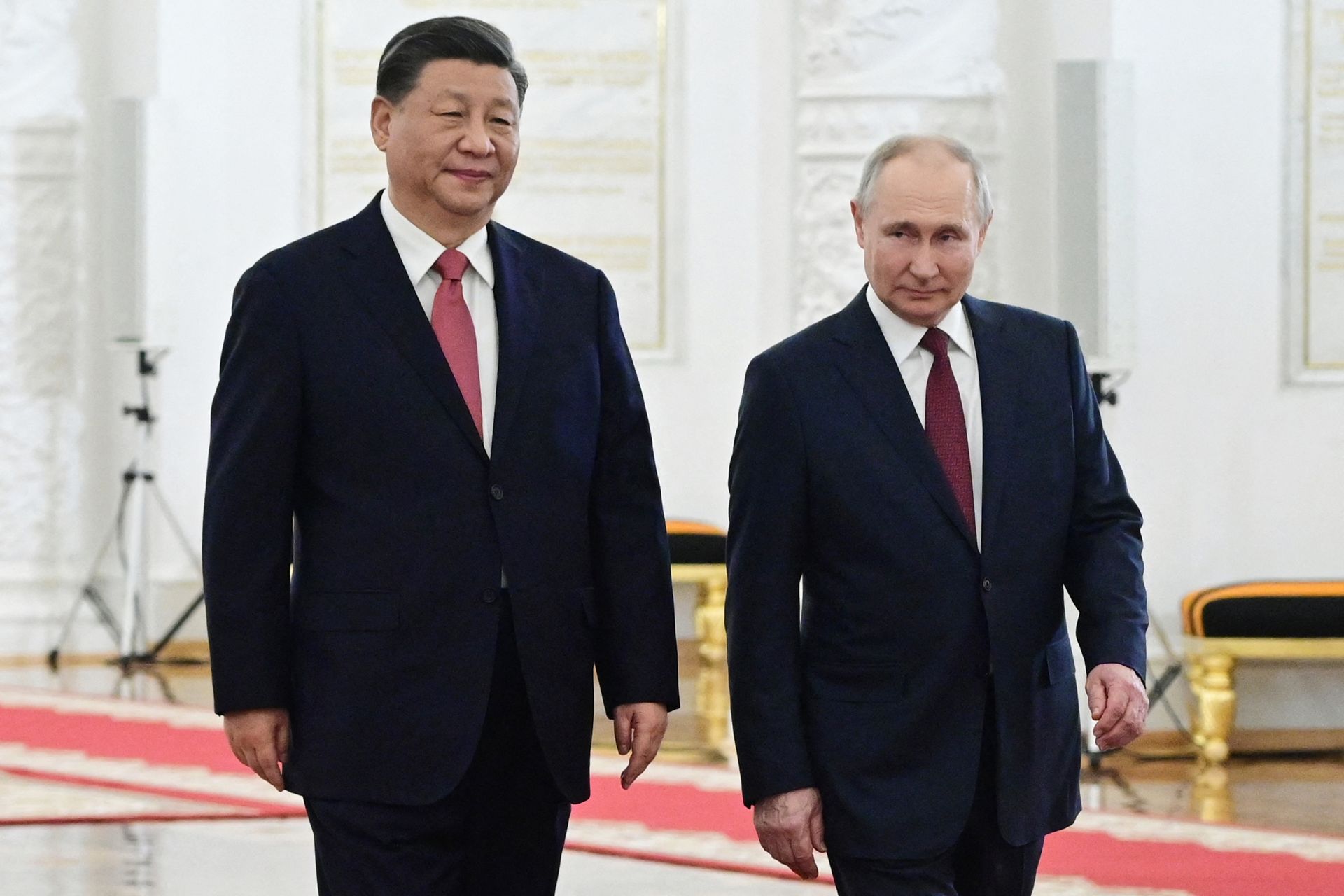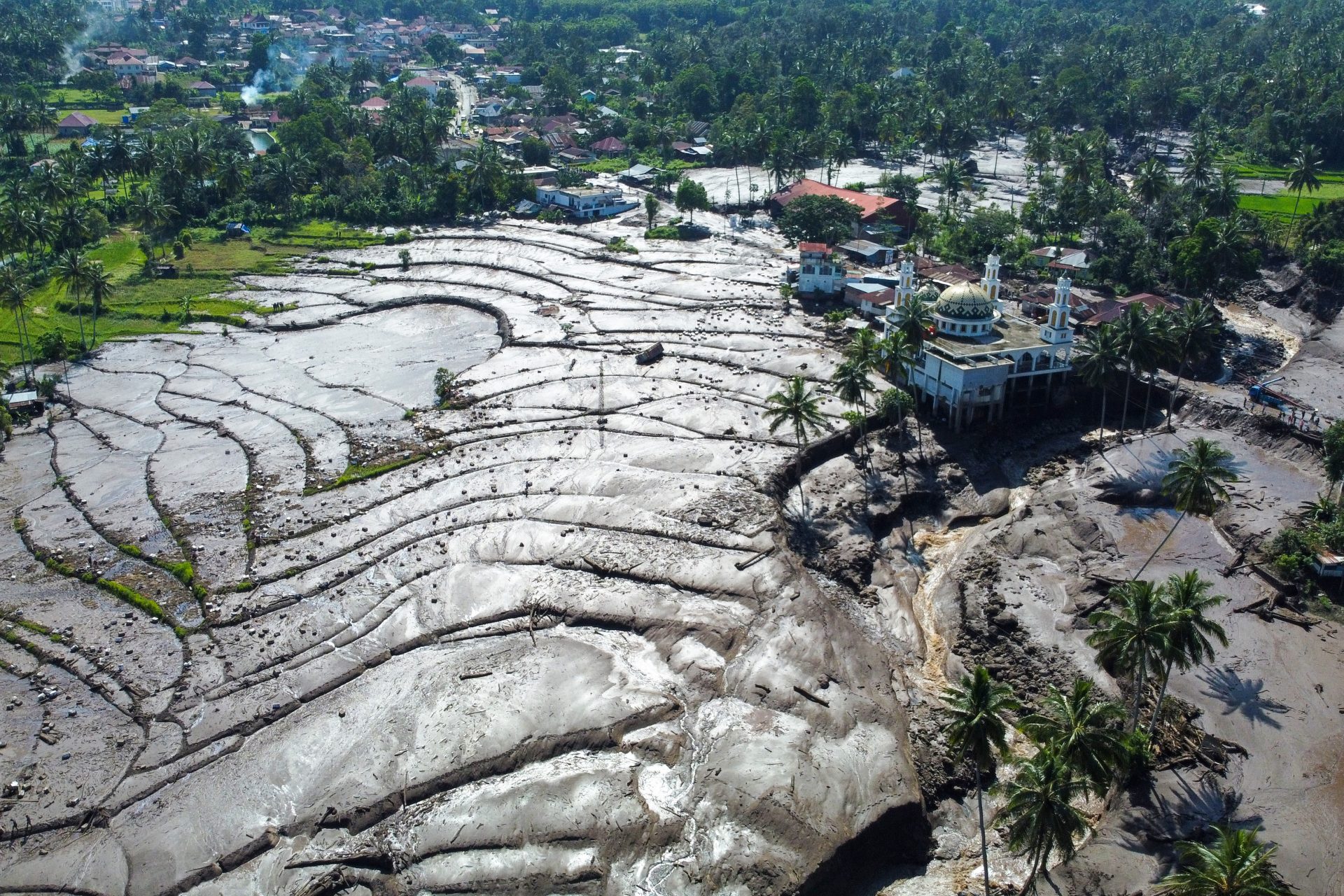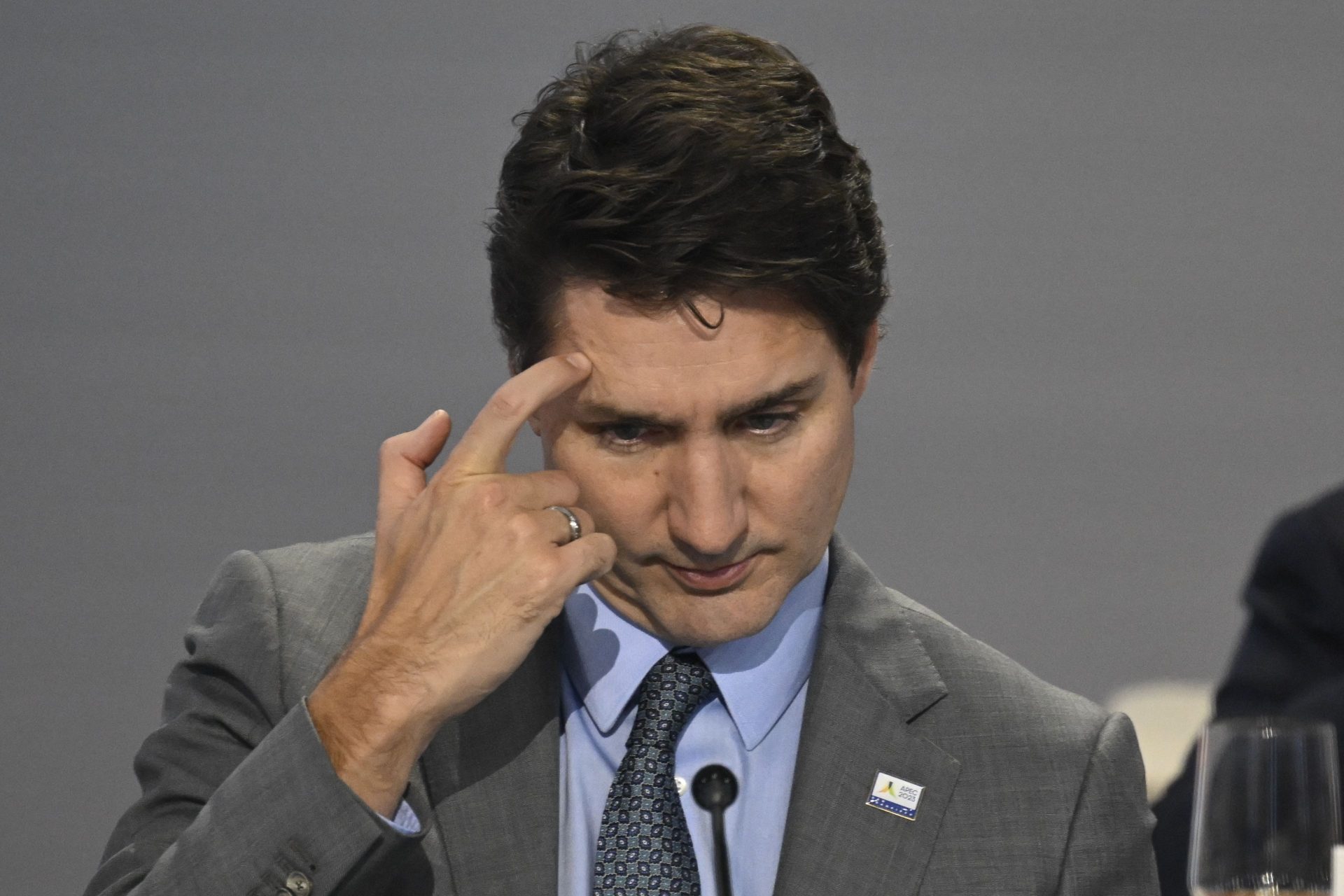Australia will spend $35 billion on its navy as tensions with China increase
Tensions have been running high with China in the Indo-Pacific, so it came as no surprise on February 20 when Australia announced plans to improve its navy.
As shared on the Australia Ministry of Defence's webpage, the Australian government has allocated over $35 billion for the defence project, which will be completed over the next ten years.
As highlighted by ABC News Australia, this is the most considerable build-up the navy has seen since World War II. The government's statement says the plan is to increase the number of significant surface warships in the Royal Australian Navy fleet from 11 to 26.
As pointed out by CNN, this change was prompted by an independent review of the Australian Navy's readiness by a retired US Navy admiral.
The US admiral found that Australia lacked, stating: "The current and planned surface combatant fleet is not appropriate for the strategic environment we face."
In a statement to the press, Australian Chief of Navy Vice Adm. Mark Hammon (pictured, right) said, "A strong Australia relies on a strong navy, one that is equipped to conduct diplomacy in our region, deter potential adversaries, and defend our national interests when called."
Hammond continued, "The size, lethality and capabilities of the future surface combatant fleet ensures that our navy is equipped to meet the evolving strategic challenges of our region."
The surface combatant fleet, which is being upgraded from 11 to 26 ships, is divided into "tier one" and "tier two" ships, according to ABC News. The first step of the plan outlined by the Minister of Defence involves upgrading three destroyers, considered "tier one" ships, by 2025. The ships will be equipped with newer weapons systems, which are far more advanced, such as the US-manufactured Tomahawk.
The new Navy defence plan includes the production of six Hunter frigates with the hope of having all six built by the end of 2024, which is no small task considering each vessel will be nearly 150 meters long and weigh as much as 10,000 tonnes.
Pictured is the Royal Australian navy Anzac-class frigate.
The Hunter frigates are supposed to be "anti-submarine" ships, according to ABC News, which means they will be able to attack enemies underwater as well as those who threaten them on the surface.
Pictured: the HMS Somerset of the Royal Navy, built for anti-submarine warfare.
Photo: Wikimedia Commons
The manufacturers in charge of the project BAE and RAN claim that the Hunter frigates will be the most advanced anti-submarine warships in the world.
Photo by Photo: Lt Cdr Shaun Roster, Wikimedia Commons
In addition, the plan also includes six Large Optionally Crewed Surface Vessels (LOSVs), which can be operated by sailors or unmanned by drones. Pictured is the American NOMAD large unmanned surface vessel.
Photo by US Navy, Wikimedia Commons
The LOSVs will accompany a fleet of nuclear-powered submarines thanks to the AUKUS pact Australia made with the US and the UK. However, the submarines are not expected to be built and ready for use until sometime in early 2030.
This heavy investment shows just how worried Australia is about China's power over the Indo-Pacific, as Jennifer Parker, an adjunct fellow in naval studies at UNSW Canberra, told the Australian Broadcasting Corporation (ABC) in an interview: "It probably signals how concerned both the government and defence are about our strategic circumstances."
In spite of the big investment the Australian government is making some have critiqued the defence plan, saying that it will take far too long to complete and that a lot could happen in that time.
However, John Bradford, Council on Foreign Relations international affairs fellow, told CNN he thinks it could work out. "The plan is realistic so long as the Australian government sustains its commitment to this effort," said Bradford
More for you
Top Stories



